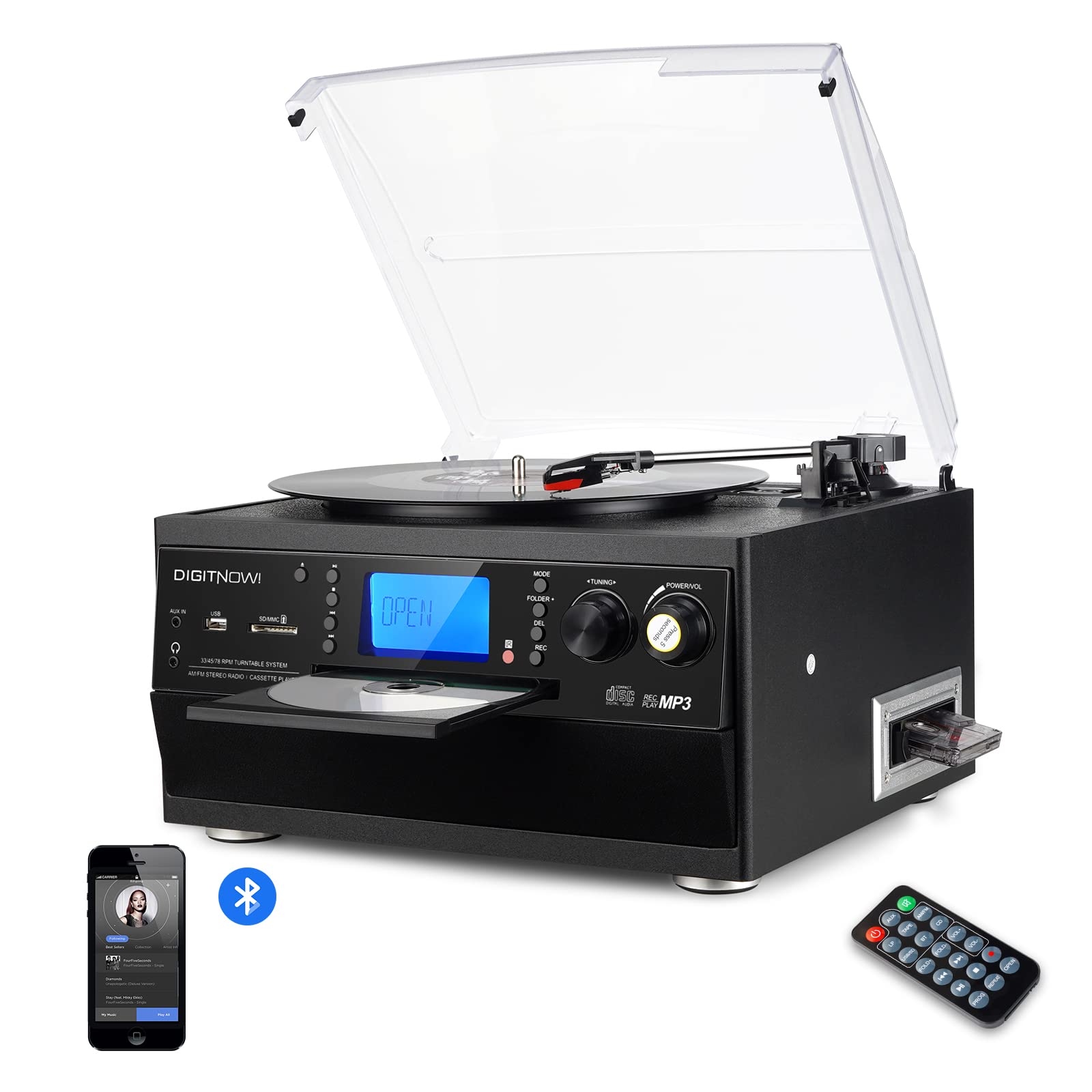Nostalgia has a powerful allure, especially when it comes to cherished memories captured on celluloid. As technology advances, the need to preserve these precious moments becomes increasingly urgent. Enter the world of 8mm film converters, a revolutionary tool that bridges the gap between analog and digital. These devices offer a seamless way to transform your vintage reels into crisp, high-quality digital files. With the rise of film to digital converter technology, families can now safeguard their visual history for generations to come, ensuring that the charm of yesteryear isn't lost to time.
Table of contents:
Understanding the Difference Between 8mm and Super 8 Film Formats
Step-by-Step Guide to Digitizing Your Reel to Reel Film at Home
Enhancing Old Memories with Built-in Color Correction Features
Best Practices for Storing and Sharing Your Newly Digitized 8mm Films
Understanding the Difference Between 8mm and Super 8 Film Formats
Before diving into the conversion process, it's crucial to distinguish between 8mm and Super 8 film formats. The 8mm format, introduced in the 1930s, was a popular choice for home movies due to its affordability and ease of use. Super 8, launched in 1965, offered improvements such as larger frame size and better image quality. Modern film to digital converter devices are designed to handle both formats, making them versatile tools for preserving a wide range of vintage footage. Knowing which format you're working with can help optimize the conversion process and ensure the best possible digital output.
Step-by-Step Guide to Digitizing Your Reel to Reel Film at Home
Transforming your analog memories into digital treasures is simpler than ever with today's film to digital converter technology. Start by carefully cleaning your film reels to remove dust and debris. Next, mount the reel onto your converter device, ensuring it's properly aligned. Most converters feature a user-friendly interface that guides you through the process. As the film runs through the machine, each frame is captured and converted into a digital file. The beauty of modern converters lies in their ability to process the film in real-time, often allowing you to preview the footage on a built-in LCD screen. Once the conversion is complete, you'll have a digital file ready for editing or sharing.
Enhancing Old Memories with Built-in Color Correction Features
One of the most exciting aspects of using a film to digital converter is the opportunity to breathe new life into faded footage. Many contemporary devices come equipped with built-in color correction features that can dramatically improve the visual quality of your converted films. These tools can adjust brightness, contrast, and color balance, often restoring the vibrancy that may have been lost over time. Some advanced converters even offer frame-by-frame correction, allowing for precise adjustments to each moment of your vintage footage. This level of enhancement was once only available through professional 35mm film scanning services but is now accessible to home users.
Best Practices for Storing and Sharing Your Newly Digitized 8mm Films
After converting your precious memories, proper storage and sharing become paramount. Always back up your digital files to multiple locations, including cloud storage services, to ensure their longevity. When sharing, consider using platforms that maintain high video quality to preserve the integrity of your converted footage. While a film to digital converter offers convenience, some may still opt for a professional 35mm film scanning service for particularly valuable or delicate reels. These services often provide additional expertise and equipment that can handle more challenging conversions. Whether you choose DIY conversion or professional services, the goal remains the same: to keep your cherished memories alive in the digital age.
The transition from analog to digital has opened up new possibilities for preserving and sharing our visual history. Film to digital converters have democratized this process, allowing anyone to safeguard their family's legacy with ease. As we look to the future, these tools will continue to evolve, offering even more sophisticated features to enhance and protect our vintage footage. The importance of digitizing old films cannot be overstated – it's not just about nostalgia, but about creating a bridge between generations. By embracing this technology, we ensure that the stories captured on celluloid continue to captivate and inspire for years to come.


